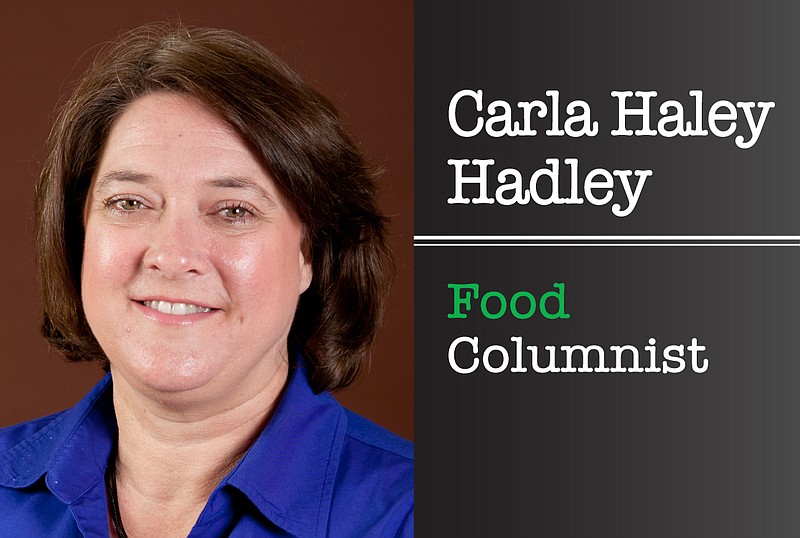Perhaps you do it once a week. Or maybe you only do it when your nose finds sulfurous odors that are traced to your refrigerator's crisper drawers and you find spoiled produce. But eventually, you toss out spoiled fruits and vegetables. Unfortunately, lots of them.
A whopping 40 percent of food in the United States today goes uneaten with Americans throwing out the equivalent of $165 billion each year. Every day, more than half a pound of fruits and veggies are discarded per family. In total, Americans throw away a fourth of all the produce they buy, mostly because it's gone bad.
Who wants to make a salad from produce that is wilted, slimy or has an unpleasant odor? What can we do to avoid being confronted with a refrigerator drawer of rotting sludge? We can learn to keep produce fresh longer by storing it properly.
Where you store your fruits and vegetables is important because fruits, in general, produce ethylene gas, which helps with natural ripening. However, it can also cause most vegetables and a few fruits that don't produce ethylene to deteriorate more rapidly.
Store your fresh produce so it stays fresh longer in the correct drawers in your refrigerator. Those drawers in your refrigerator are crisper drawers. If used properly, they can protect your produce from turning slimy or getting gross.
You may have two crisper drawers in your refrigerator, high- and low-humidity. Your low humidity drawer may have a simple toggle, or a small vent with a sliding door, where you can introduce some airflow into the drawer. Even if you don't have any controls on your drawers, it's still a crisper drawer. It's just a high-humidity crisper and the setting is closed off completely.
Your high-humidity drawer-the one that's closed up all the way or that doesn't have any controls at all-protects your greens and anything else that can lose moisture quickly. This is where you store ethylene-sensitive fruits and vegetables, like asparagus, broccoli, Brussel sprouts, carrots, cauliflower, citrus, corn, cucumbers, eggplant, green beans, greens (like chard and spinach), herbs, lettuces, okra, peppers and squash.
These vegetables need moisture, which the drawer with the tighter seal preserves. More moisture in the drawer means more moisture on the leaves, which means your lettuce will stay sturdy and fresh. Remember your ethylene-producing produce is not in this drawer, it's in the low-humidity drawer, otherwise the ethylene-sensitive produce listed above will start to decay.
The low humidity drawer, sometimes labeled fruit drawer, lets out some of the ethylene gases that leads to faster rotting, thereby keeping fruits and vegetables fresher, longer. Ethylene-producing fruits and vegetables should be stored here and include apples, apricots, avocados, berries, cantaloupe, figs, grapefruit, honeydew, kiwi, lemons, limes, mandarin oranges, mangoes, nectarine, oranges, papayas, peaches, pears, pineapples, plums, tangerines, tomatoes and watermelon.
There are some fruits and vegetables that need to be stored between 60 and 70 degrees F and should never be refrigerated. Those include bananas, sweet potatoes, potatoes and dry onions, uncut.
If you would like a free chart of which produce to store in the low humidity and high humidity drawer, contact the Miller County Extension Office, 870-779-3609 or visit us in room 215 at the Miller County Courthouse. We're online at [email protected], on Facebook, on Twitter @MillerCountyFCS or on the web at uaex.edu/Miller.


